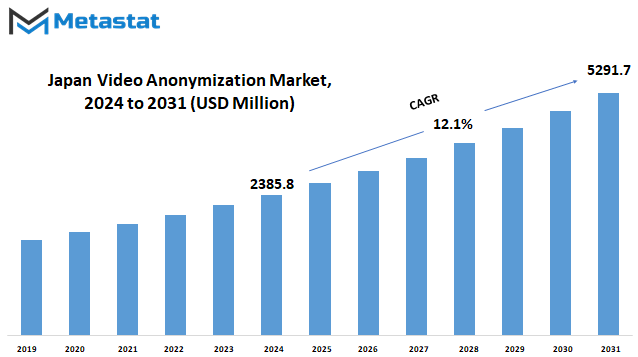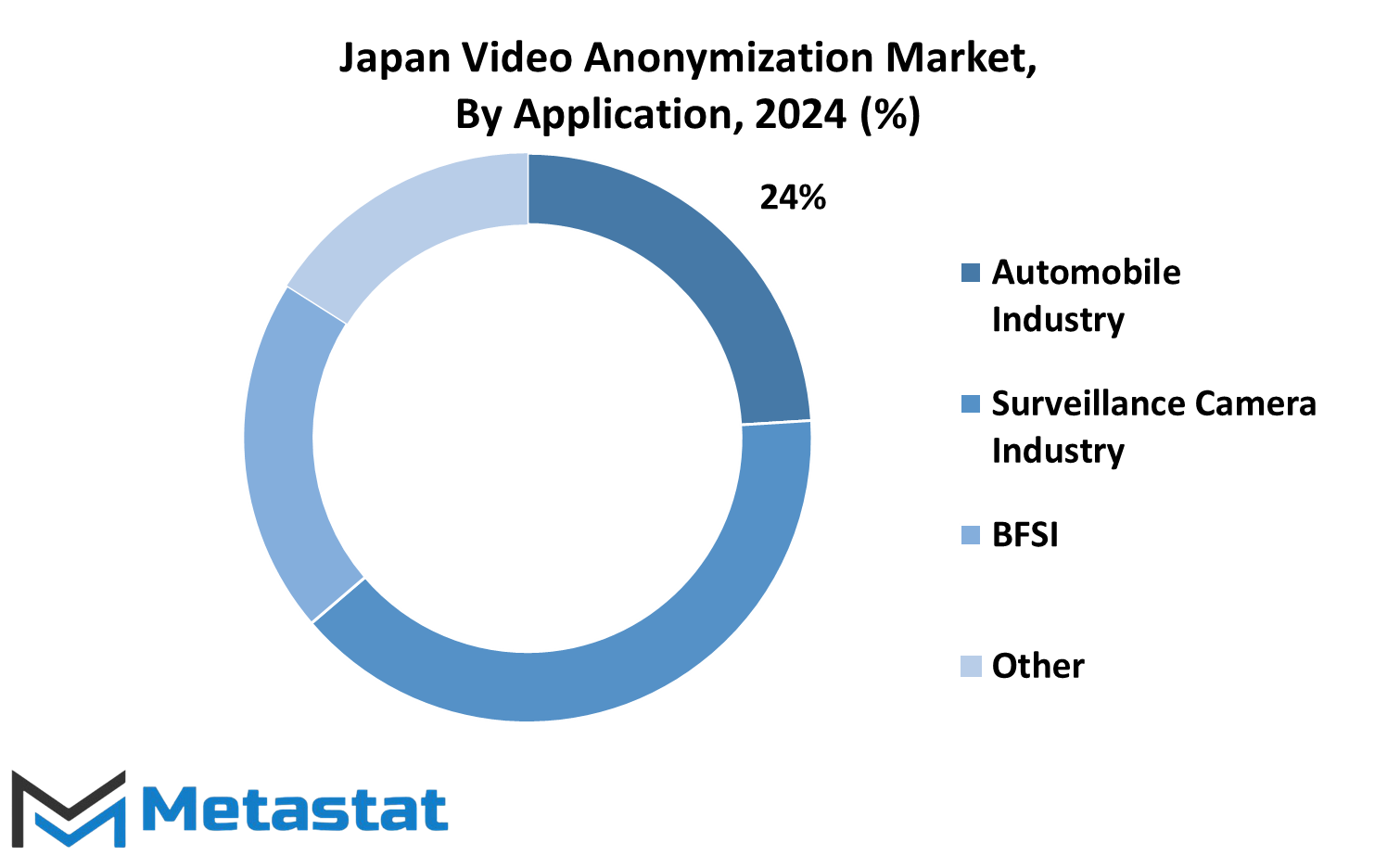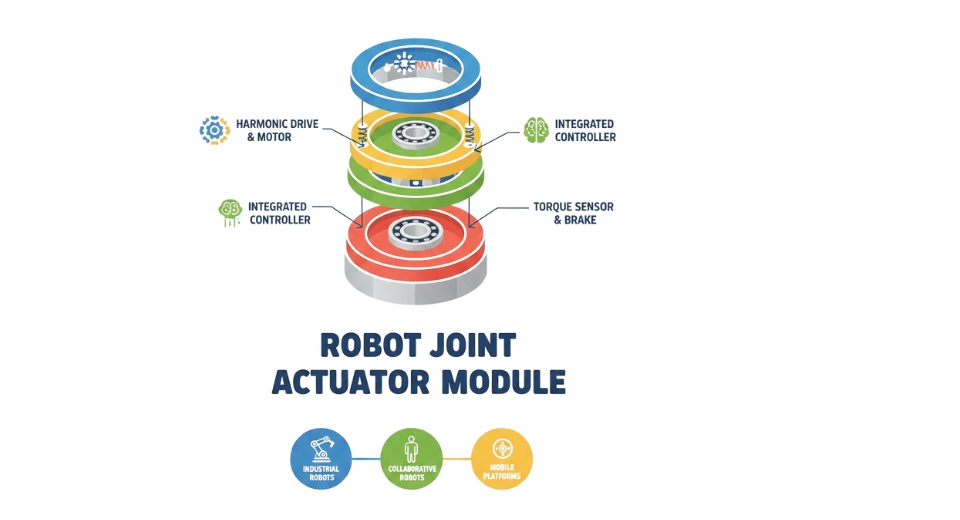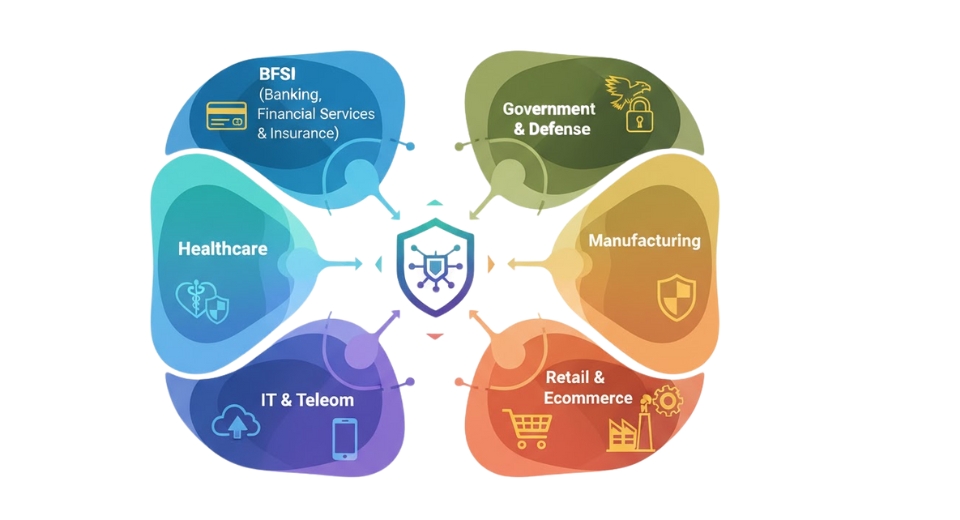MARKET OVERVIEW
The Japan Video Anonymization market, nestled within the broader landscape of the digital transformation industry, encapsulates a niche yet increasingly vital sector. Video anonymization, a process designed to conceal identifiable information within video content while preserving its utility and integrity, finds its application across diverse domains such as surveillance, healthcare, and entertainment.
In recent years, Japan has witnessed a surge in the demand for video anonymization solutions, spurred by growing concerns over data privacy and security. As businesses and institutions grapple with stringent regulatory requirements and heightened awareness regarding personal data protection, the need to anonymize video footage has become paramount. This trend has catalyzed the emergence of a specialized market catering to the unique requirements of Japanese clientele.
The Japan Video Anonymization market distinguishes itself through a blend of technological innovation and cultural sensitivity. Unlike generic anonymization solutions, providers operating in this niche tailor their offerings to align with Japan's specific legal framework and cultural norms. This localized approach encompasses not only compliance with regulations such as the Act on the Protection of Personal Information (APPI) but also considerations of social conventions and expectations.
Furthermore, the Japan Video Anonymization market is characterized by a dynamic ecosystem of stakeholders, including technology vendors, regulatory bodies, and end-users. Collaboration between these entities is essential for fostering innovation and ensuring the continued evolution of anonymization solutions to meet evolving demands. Moreover, partnerships between Japanese firms and international players contribute to the exchange of expertise and best practices, enriching the domestic market's capabilities.
In terms of technology, the Japan Video Anonymization market leverages a diverse array of tools and techniques to achieve its objectives. Advanced algorithms for facial recognition and object detection form the cornerstone of many anonymization solutions, enabling automated processing of video streams with minimal human intervention. Additionally, machine learning algorithms play a crucial role in enhancing the accuracy and efficiency of anonymization processes over time.
Despite its niche status, the Japan Video Anonymization market harbors significant growth potential fueled by several factors. Heightened awareness of privacy rights among Japanese consumers, coupled with increasing regulatory scrutiny, is expected to drive demand for anonymization solutions across various sectors. Moreover, the proliferation of video data generated by IoT devices and surveillance systems further amplifies the need for robust anonymization mechanisms to safeguard sensitive information.
The Japan Video Anonymization market stands as a testament to the intersection of technology, regulation, and cultural considerations. As Japan navigates the complexities of a digital era marked by data privacy concerns, the role of anonymization solutions assumes ever-greater importance. By fostering innovation, collaboration, and adherence to ethical principles, the market is poised to address the evolving needs of Japanese society while contributing to the broader discourse on privacy and security in the digital age.
Japan Video Anonymization market is estimated to reach $5291.7 Million by 2031; growing at a CAGR of 12.1% from 2024 to 2031.

GROWTH FACTORS
In the realm of the Japan Video Anonymization market, there are various factors shaping its trajectory, both in terms of drivers propelling its growth and restraints hindering its progress. Additionally, there are opportunities that present themselves within this landscape.
One of the primary drivers fueling the growth of the Japan Video Anonymization market is the increasing demand for public safety and surveillance systems that align with privacy laws. With concerns surrounding privacy becoming more prominent, there is a growing need for technologies that can ensure the protection of personal data while still enabling effective surveillance measures.
Furthermore, there is a heightened awareness of and adherence to regulations regarding personal data protection in digital media. This awareness is driving the adoption of video anonymization technologies as organizations seek to comply with stringent privacy laws and regulations.
However, despite the promising growth prospects, there are significant restraints that impede the advancement of the Japan Video Anonymization market. Chief among these restraints is the high costs associated with implementing and maintaining video anonymization technologies. The initial investment required for deploying these technologies, as well as the ongoing expenses for upkeep and maintenance, pose significant challenges for organizations considering adoption.
Moreover, there are technological hurdles to overcome, particularly concerning the accurate anonymization of individuals in diverse and complex video scenarios. Ensuring that individuals are effectively anonymized without compromising the usability of the data is a complex task that requires innovative solutions.
Despite these challenges, there exists a notable opportunity within the Japan Video Anonymization market. The expansion of smart city projects presents an avenue for the integration of privacy compliant surveillance systems. As cities continue to evolve and embrace technology-driven solutions, there is a growing demand for surveillance systems that prioritize privacy without sacrificing effectiveness.
The Japan Video Anonymization market is influenced by various drivers, restraints, and opportunities. While the demand for privacy-compliant surveillance systems drives growth, challenges such as high costs and technological limitations pose significant hurdles. However, with the expansion of smart city projects, there is potential for further advancement and innovation within this market.
MARKET SEGMENTATION
By Type
The Japan Video Anonymization market is categorized into two main segments: Software and Service. In 2023, the Software segment was valued at 1456.7 USD Thousand, while the service segment was valued at 681.9 USD Thousand. These segments represent the different ways through which video anonymization is provided in Japan.
Video anonymization is crucial for protecting individuals' privacy in various contexts, such as surveillance footage, research studies, or public broadcasts. By anonymizing videos, sensitive information such as faces, license plates, or identifiable features can be obscured, ensuring that privacy rights are upheld.
The Software segment of the market refers to solutions that automate the anonymization process through specialized software tools. These tools often employ algorithms to detect and blur or pixelate faces and other identifying features in videos. They provide users with a convenient and efficient way to anonymize large volumes of footage with minimal manual intervention.
On the other hand, the Service segment encompasses offerings where video anonymization is performed by trained professionals or specialized teams. This approach is often preferred for situations where customization or expert judgment is required, such as in complex video datasets or highly regulated industries.
Both segments play vital roles in meeting the diverse needs of organizations and individuals seeking to anonymize video data. While software solutions offer scalability and automation, service-based offerings provide a human touch and expertise in navigating challenging anonymization scenarios.
The Japan Video Anonymization market comprises two key segments: Software and Service. Each segment contributes distinct advantages to the anonymization process, catering to a wide range of use cases and preferences within the Japanese market.
By Application
The market for video anonymization in Japan is segmented by application into various sectors including the automobile industry, surveillance camera industry, banking, financial services, and insurance (BFSI), and other industries. This segmentation helps to understand how video anonymization technology is being utilized across different sectors.
In the automobile industry, video anonymization is employed for various purposes such as ensuring driver safety, improving traffic management, and enhancing the overall driving experience. By anonymizing video data, sensitive information such as license plates and personal identities can be protected while still allowing for valuable insights to be gained from the footage.
Similarly, in the surveillance camera industry, video anonymization plays a crucial role in maintaining privacy and complying with regulations while still effectively monitoring public spaces and ensuring security. By obscuring identifiable features of individuals captured in surveillance footage, video anonymization helps to safeguard privacy rights without compromising the effectiveness of surveillance systems.
The BFSI sector also benefits from video anonymization technology, using it to protect sensitive financial information and customer identities captured in video recordings. This helps financial institutions to comply with data protection regulations and maintain customer trust while still leveraging video data for security and fraud prevention purposes.
Furthermore, video anonymization finds applications in various other industries beyond automotive, surveillance, and BFSI. For example, it may be used in retail environments to protect customer privacy in video analytics applications, or in healthcare settings to anonymize patient data in medical imaging and telemedicine applications.
Overall, the segmentation of the Japan Video Anonymization market by application reflects the diverse range of industries and use cases where video anonymization technology is making a valuable contribution to privacy protection, security, and data compliance efforts.

COMPETITIVE PLAYERS
The Video Anonymization market in Japan boasts several key players driving competition and innovation. Among these are companies like Brighter AI, De-Identification Ltd. (D-ID), Amazon Web Services, Inc., Sightengine, Celantur GmbH, Trasee sp. z o.o, Gyrus, Intel Corporation, Vector Informatik GmbH, and Genetec Inc. These companies play a crucial role in shaping the landscape of video anonymization technology in Japan.
Brighter AI, for instance, is known for its advanced solutions in video anonymization, offering cutting-edge technology to safeguard privacy in video data. Similarly, D-ID specializes in developing algorithms and tools for facial recognition and anonymization, contributing significantly to the field. Amazon Web Services, Inc., a prominent player in cloud computing, provides scalable and secure solutions for video anonymization, catering to a wide range of clients in Japan and beyond.
Sightengine is another key player renowned for its expertise in image and video analysis, offering robust solutions for content moderation and anonymization. Celantur GmbH brings its expertise in data protection and privacy, providing innovative solutions tailored to the Japanese market. Trasee sp. z o.o and Gyrus also contribute to the competitive landscape with their offerings in video anonymization technology.
Furthermore, Intel Corporation and Vector Informatik GmbH bring their vast experience in hardware and software solutions to the Japanese market, enhancing the performance and efficiency of video anonymization systems. Genetec Inc. rounds up the list of key players with its comprehensive video management and analytics solutions, addressing the evolving needs of businesses and organizations in Japan
Overall, these competitive players in the Video Anonymization market in Japan drive innovation, promote privacy protection, and cater to the diverse needs of customers in various sectors. Their collective efforts contribute to the growth and development of the industry, ensuring the continued advancement of video anonymization technology in Japan.
Video Anonymization Market Key Segments:
By Type
- Software
- Service
By Application
- Automobile Industry
- Surveillance Camera Industry
- BFSI
- Other
Key Japan Video Anonymization Industry Players
- Brighter AI
- De-Identification Ltd. (D-ID)
- Amazon Web Services, Inc.
- Sightengine
- Celantur GmbH
- Trasee sp. z o.o
- Gyrus
- Intel Corporation
- Vector Informatik GmbH
- Genetec Inc.
WHAT REPORT PROVIDES
- Full in-depth analysis of the parent Industry
- Important changes in market and its dynamics
- Segmentation details of the market
- Former, on-going, and projected market analysis in terms of volume and value
- Assessment of niche industry developments
- Market share analysis
- Key strategies of major players
- Emerging segments and regional growth potential








 US: +1 3023308252
US: +1 3023308252






